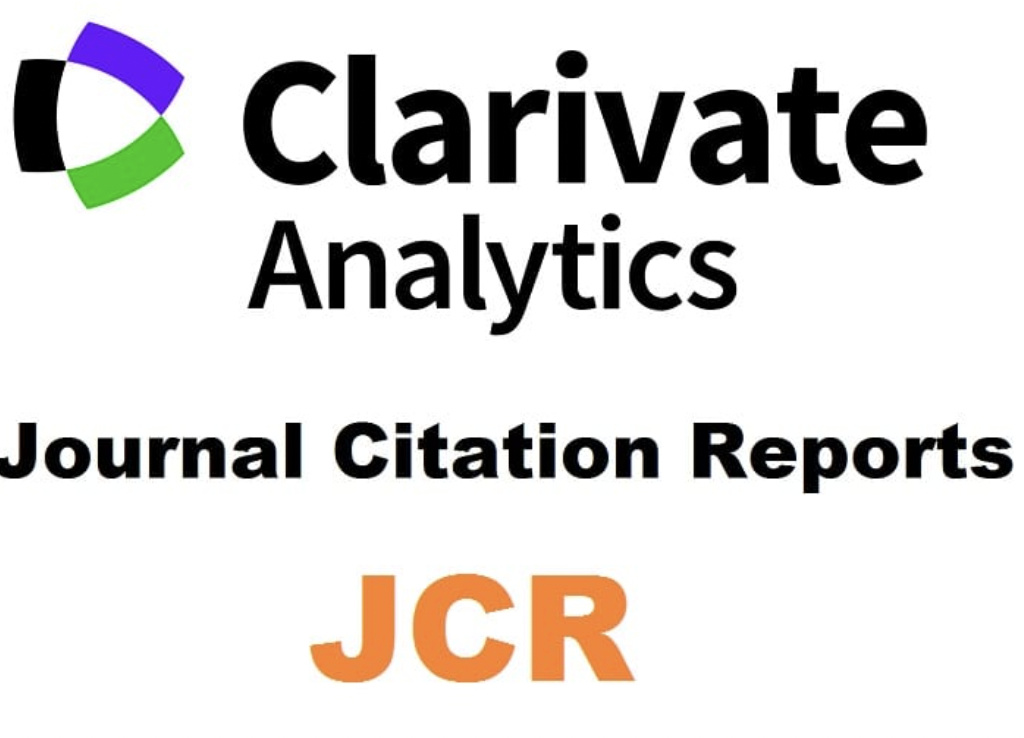It-clauses with Adjectival Predicates in English-Medium Articles:
Disciplinary and Linguacultural Considerations
Abstract
This article examines it-clauses with adjectival predicates in 240 English-medium articles by Polish and Anglophone authors representing medicine and psychology, aiming to investigate how disciplinary and linguacultural constraints affect the frequency, in-text distribution, and semantic, syntactic, and lexical variability of the structure. The study attempts to address a gap in previous research, which has not yet compared these two disciplines and linguacultural contexts to reveal how they differ in their use of the device to express the writer’s stance. The results show that it-clauses are significantly more frequent in psychology and that the disciplines differ in the degree to which they exploit various aspects of the evaluative potential of the structure, although both use it most heavily in discussions, and prioritize to-infinitive clauses and evaluative predicates. The latter preference, as the study reveals, is marked only in Polish articles, where prominence is given to those features of it-clauses that are frequent in popular and non-native English writing. The features preferred in Anglophone articles are more typical of proficient writing.
Downloads
-
Abstract203
-
PDF172
References
Ädel, A. (2014). Selecting quantitative data for qualitative analysis: A case study connecting a lexicogrammatical pattern to rhetorical moves. Journal of English for Academic Purposes, 16, 68–80.
Biber, D., Johansson, S., Leech, G., Conrad, S. & Finegan, E. (1999). Long¬man Grammar of Spoken and Written English. Harlow: Pearson Education Limited.
Collins, P. (1994). Extraposition in English. Functions of Language, 1(1), 7–24.
Degaetano-Ortlieb, S. & Teich, E. (2014). Register diversification in evaluative language: The case of scientific writing. In G. Thompson & L. Alba-Juez (Eds.), Evaluation in Context (pp. 241-258). Amsterdam/Philadelphia: John Benjamins.
Dong, J. & Jiang, F. (2019). Construing evaluation through patterns: Register-specific variations of the introductory it pattern. Australian Journal of Linguistics, 39(1), 32–56.
Fløttum, K., Dahl, T. & Kinn, T. (2006). Academic voices: Across languages and disciplines. Amsterdam: John Benjamins.
Francis, G., Hunston, S. & Manning, E. (1998). Grammar Patterns II: Nouns and Adjectives. London: HarperCollins.
Golebiowski, Z. (1998). Rhetorical approaches to scientific writing: an English-Polish comparative study. Text, 18(1), 67–102.
Groom, N. (2005). Pattern and meaning across genres and disciplines: An exploratory study. Journal of English for Academic Purposes, 4, 257–277.
Herriman, J. (2000). Extraposition in English: A study of the interaction between the matrix predicate and the type of extraposed clause. English Studies, 81(6), 582–599.
Hewings, M. & Hewings, A. (2002). It is interesting to note that…: A comparative study of anticipatory ‘it’ in student and published writing. English for Specific Purposes, 21, 367–383.
Hunston, S. & Francis, G. (2000). Pattern Grammar: A corpus-driven approach to the lexical grammar of English. Amsterdam/Philadelphia: John Benjamins.
Hunston, S. (2004). Counting the uncountable: Problems of identifying evaluation in a text and in a corpus. Corpora and Discourse, 9, 157–188.
Hyland, K. (2004). Disciplinary interactions: Metadiscopurse in L2 postgraduate writing. Journal of Second Language Writing, 13, 133–151.
Hüttner, J. I. (2007). Academic writing in a foreign language: An extended genre analysis of student texts. Frankfurt am Main: Peter Lang.
Kaltenböck, G. (2006). ‘… That is the question': complementizer omission in extraposed that-clauses. English Language and Linguistics, 10, 371–396.
Larsson, T. (2016a). The introductory it pattern: Variability explored in learner and expert writing. Journal of English for Academic Purposes, 22, 64–79.
Larsson, T. (2016b). The introductory it pattern in academic writing by non-native-speaker students, native-speaker students and published writers. A corpus-based study. Doctoral Dissertation, Uppsala Universitet, Sweden.
Larsson, T. (2017). A functional classification of the introductory it pattern: Investigating academic writing by non-native-speaker and native-speaker students. English for Specific Purposes, 48, 57–70.
Larsson, T. (2019). A syntactic analysis of the introductory it pattern in non-native-speaker and native-speaker student writing. In V. Wiegand & M. Mahlberg (Eds.), Corpus Linguistics, Context and Culture (pp. 307–338). Berlin/Boston: De Gruyter.
Mur-Dueñas, P. (2015). Looking into ELF variants: A study of evaluative it-clauses in research articles. ESP Today, 3(2), 160–179.
Mur-Dueñas, P. (2018). Exploring ELF manuscripts An analysis of the anticipatory it pattern with an interpersonal function. In P. Mur-Dueñas & J. Šinkūnienė (Eds.), Intercultural Perspectives on Research Writing (pp. 277–297). Amsterdam/Philadelphia: John Benjamins.
Nwogu, K. N. (1997). The medical research paper: Structure and functions. English for Specific Purposes, 16(2), 119–138.
Parkinson, J. (2013). Representing own and other voices in social science research articles. International Journal of Corpus Linguistics, 18(2), 199–228.
Peacock, M. (2011). A comparative study of introductory it in research articles across eight disciplines. International Journal of Corpus Linguistics, 16(1), 72–100.
Quirk, R., Greenbaum, S., Leech, G. & Svartvik, J. (1985). A Comprehensive Grammar of the English Language. London: Longman.
Rayson, P. (n.d.). Log-likelihood and effect size calculator. Retrieved 20 March, 2023 from http://ucrel.lancs.ac.uk/llwizard.html.
Rowley-Jolivet, E. & Carter-Thomas, S. (2005). Genre awareness and rhetorical appropriacy: Manipulation of information structure by NS and NNS scientists in the international conference setting. English for Specific Purposes, 24, 41–64.
Römer, U. (2009). The inseparability of lexis and grammar: Corpus linguistic perspectives. Annual Review of Cognitive Linguistics, 7, 140–162.
Scott, M. (2012). WordSmith Tools (version 6.0). Stroud: Lexical Analysis Software.
Warchał, K. (2010). Taking stance across languages: High-value modal verbs of epistemic necessity and inference in English and Polish linguistics research articles. Linguistica Silesiana, 31, 123–136.
Warchał K. (2015). Certainty and doubt in academic discourse : epistemic modality markers in English and Polish linguistics articles. Katowice: Wydawnictwo Uniwersytetu Śląskiego.
Zhang, G. (2015). It is suggested that… or it is better to…? Forms and meanings of subject it-extraposition in academic and popular writing. Journal of English for Academic Purposes, 20, 1–13.
Zhang, G. (2022). The citational practice of social science research articles: An analysis by part-genres. Journal of English for Academic Purposes, 55, 1–14.

This work is licensed under a Creative Commons Attribution-NonCommercial-ShareAlike 4.0 International License.
The works published in this journal are subject to the following terms:
1. The Publications Services at the University of Murcia (the publisher) retains the property rights (copyright) of published works, and encourages and enables the reuse of the same under the license specified in item 2.
2. The works are published in the electronic edition of the magazine under a Creative Commons Attribution Non-commercial Share Alike 4.0.
3.Conditions of self-archiving. Authors are encouraged to disseminate pre-print (draft papers prior to being assessed) and/or post-print versions (those reviewed and accepted for publication) of their papers before publication, because it encourages distribution earlier and thus leads to a possible increase in citations and circulation among the academic community.
RoMEO color: green







